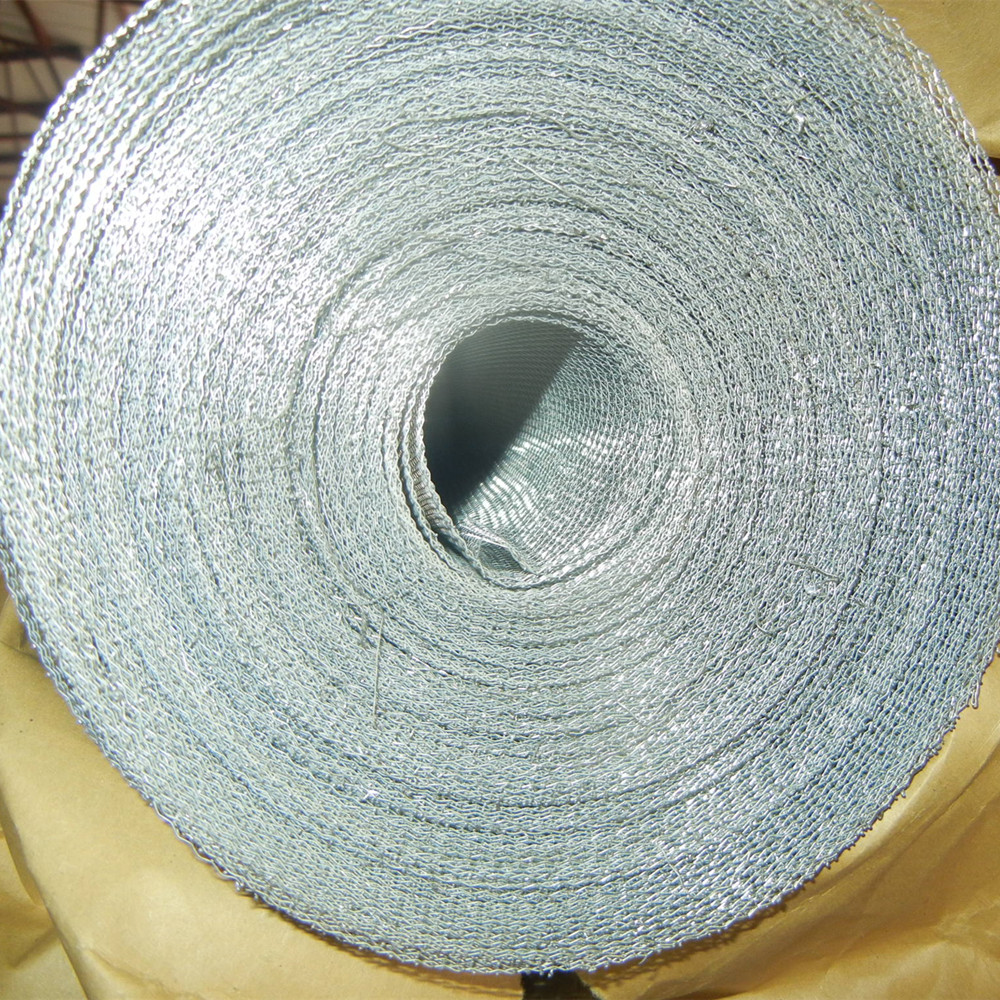Dec . 18, 2024 02:45 Back to list
Comprehensive Pricing Guide for Metal Fencing Materials and Installation
Understanding Metal Fence Pricing A Comprehensive Overview
When it comes to securing your property and enhancing its aesthetic appeal, metal fences have become increasingly popular. They are known for their durability, low-maintenance requirements, and ability to provide a high level of security. However, before you decide to invest in a metal fence, it’s crucial to understand the factors that influence metal fence pricing.
Types of Metal Fences
The first step in understanding metal fence pricing is to identify the type of metal fence you’re interested in. The most common types include
1. Aluminum Fencing Lightweight and resistant to rust, aluminum fences are ideal for those looking for a decorative option. They typically range from $20 to $30 per linear foot.
2. Steel Fencing Known for its strength and durability, steel fencing options like chain link and wrought iron are more robust than aluminum. Wrought iron can cost between $30 to $70 per linear foot, while chain link is more affordable, usually ranging from $10 to $20 per linear foot.
3. Vinyl-Coated Fencing This type features a metal frame coated with durable vinyl, offering a rust-free and aesthetically pleasing option. Prices can vary widely, starting at around $15 per linear foot and going up to $50.
Factors Influencing Metal Fence Prices
Several factors can impact the final cost of your metal fence installation
1. Material Quality The gauge of the metal (thickness) plays a significant role in cost. Higher gauge metals, which are thicker and more durable, typically cost more but provide better long-term value.
2. Height of the Fence Standard heights for metal fences are 4, 5, and 6 feet. Taller fences require more materials and will generally increase your overall costs.
3. Style and Design Decorative elements like spear tops, scrollwork, or ornamental designs can raise the price. Simple, utilitarian styles are usually less expensive.
metal fence pricelist

4. Length of the Fence As with most types of fencing, longer lengths will naturally incur higher overall costs. However, many suppliers offer discounts for larger projects, so it's worth asking about pricing tiers.
5. Installation Costs DIY installation can save money, but hiring professionals typically ensures a high-quality setup. Installation costs can range from $5 to $15 per linear foot, depending on the complexity of the job and local labor rates.
6. Location The geographical area can influence costs. For example, metal prices might be higher in regions where transportation costs are elevated or in urban areas where demand outpaces supply.
7. Permits and Regulations Some local jurisdictions require permits for fence installation, which can add to your initial costs. It’s important to check local zoning laws and building codes before proceeding.
Additional Costs to Consider
In addition to the basic price of the fencing materials and installation, there are other potential costs to keep in mind
- Gates Installing a gate can add significantly to the cost, with prices ranging from $150 to over $1,000 depending on the size and material.
- Finishing Touches Additional elements such as post caps, coatings, and painting may also incur extra charges.
- Maintenance Although metal fences require less maintenance than wood, occasional painting or rust prevention treatments are essential, particularly for wrought iron or untreated steel.
Conclusion
Investing in a metal fence is a decision that can enhance your property's security and curb appeal. By understanding the various types of metal fences, the factors that influence pricing, and the potential additional costs involved, you can make an informed choice that fits your needs and budget. When planning your project, always seek multiple estimates from suppliers and installers, and consider contacting professionals who can guide you through the materials and options available. Ultimately, a well-chosen metal fence can add significant value and style to your home for many years to come.
-
Hop Dipped Galvanized PVC Temporary Fence-Anping Xingzhi|Modular Corrosion
NewsAug.06,2025
-
Temporary Fencing Solutions-Anping County Xingzhi Metal Wiremesh Products Co.,Ltd|Corrosion Resistance,Easy Installation
NewsAug.06,2025
-
Hop Dipped Galvanized / PVC Coated Temporary Fence - Anping County Xingzhi Metal Wiremesh Products Co., Ltd.|Durable Temporary Fencing&Corrosion Resistant Solutions
NewsAug.06,2025
-
Durable Reinforced Steel Bar Welded Wire Mesh for Construction
NewsAug.06,2025
-
Hop Dipped Galvanized / PVC Coated Temporary Fence-Anping County Xingzhi Metal Wiremesh Products Co.,Ltd|Durable Temporary Fencing&Versatile Installation
NewsAug.05,2025
-
Hop Dipped Galvanized / PVC Coated Temporary Fence - Anping County Xingzhi Metal Wiremesh Products Co., Ltd|Durable Construction&Versatile Applications
NewsAug.05,2025



